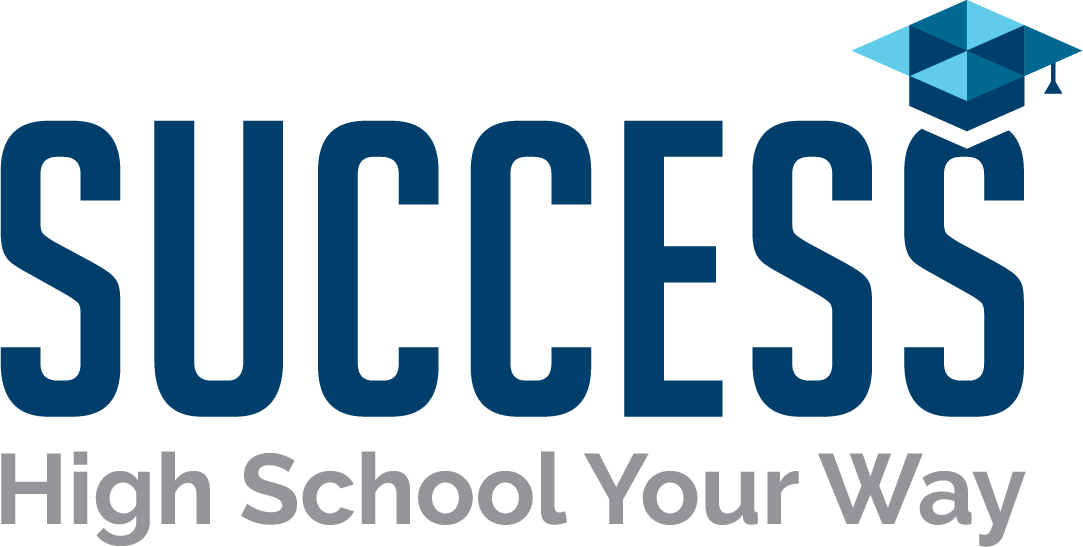But What About the 20% Who Aren’t Graduating?
 According to the National Center for Education Statistics 80% of students who enter High School as a freshman will graduate in four years with a regular diploma. While that statistic is celebrated because it is a dramatic improvement over former levels that hovered in the low 70’s, it still represents a large number of students who are not completing their basic education.
According to the National Center for Education Statistics 80% of students who enter High School as a freshman will graduate in four years with a regular diploma. While that statistic is celebrated because it is a dramatic improvement over former levels that hovered in the low 70’s, it still represents a large number of students who are not completing their basic education.
Kids often give up on their education when they lose hope for the future. As an educator I feel it’s my job to help restore hope by not just focusing on academics but also on instilling a strong “why” in my students. I want to help build a student’s belief in their ability to learn and succeed. I want to share with them how their future could look with a fulfilling education. I want to help instill a big dream that may not have been fostered in their home. I want to help fill the gap or void that may have resulted from life traumas that most of us cannot begin to imagine.
It has been said that if you give a student a big enough “why" they will find or figure out the “how”. We all know kids who overcame huge setbacks and ultimately achieved academic success. It all boils down to a clear “why” supported by a big dream.
I had a great instructor at Aquinas College who made a dramatic impact on my life by helping me understand the need to clearly understand the “why” which causes students to make choices that appear to be self destructive. What Nanette Clatterbuck taught me has resulted in our schools clearly setting the expectation of how a student is expected to act and then we individually work at discovering each student’s “why”. I have a printed “how” poster that is prominently displayed in all of the schools my team and I direct. The result is we have few behavior issues because we focus on the student’s “why” and then address the underlying issues that are causing it. Jim Bermingham, former Superintendent of Berrien Springs Public Schools, says “rather than accommodate a students’ dysfunction we help them change to be successful in life during and after school”.

As new educators we learned about the hierarchy of needs our students have. Many times the primary social and emotional needs of our students used to be taken care of by their family. The sad reality for at-risk students is that these basic needs are often not being met. As educators we should realize that we can increase our effectiveness by helping address those needs. This means going above and beyond what is normally expected. As I look back over my career the times where I have made the greatest difference in the lives of my students is when I took the time to address those basic needs thus allowing students to move forward in meeting their academic needs.
We now serve over 1,000 kids in 13 learning centers that represent at-risk students or students who have formerly dropped out of school. Some have been homeless and many have a very atypical family and lifestyle. Often they are very smart kids but the typical classroom setting has not been effective in meeting their needs.
While helping students understand their “why” is of vital importance, I believe a unique “how” is vital if the students that represent the 20% are going to be supported in their education. The blended hybrid learning centers we created offers a flexible educational program that blends computer based learning with a unique classroom setting and one on one support that helps these students excel. It provides the “how” when these at risk students get clear on their “why”.
My friend Randy Zylstra, the CEO of Wedgwood Christian Services, talks about being a “gap filler” or someone who seeks out students who have fallen through the gaps in the system and serves them. I feel honored to be the “gap filler” as I see how the lives of those students we work with ripple out and positively affect the lives of others. I feel honored when these students who had given up hope come back and tell me about their success in finding a job. I feel honored when I hear the stories of how an unexpected child who formerly had caused a student to abandon their education is now being supported because of their education.
I believe affecting lives is why most educators chose education and our services are desperately needed to make a difference in the lives of the 20% who are not graduating. It’s up to us to give hope to these students and help them achieve the secure future that education provides.
Dallas Bell- President of Michigan High School Options
